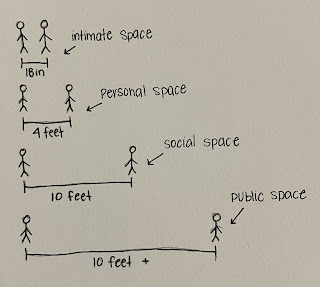The History of my Design Philosophy

For my final post of the semester, I have decided that it is essential to further discuss the foundation of myself as a designer. What exactly fuels a designer to do what they do? What is it that forces us out of bed each morning? These questions can be answered through our design philosophies. As discussed in a previous post, one of the focal points of my design philosophy is "Less is More". This concept was not something I came up with, but rather a philosophy that many identify with. I would like to share the history behind this concept, how it has evolved over time, as well as my personal take on it. History of "Less is More" German architect, Ludwig Mies van der Rohe was the man who originally popularized the term "Less is More" during the mid-20th-century (Merkel 2010). This was a time of exuberance and growth as it followed World War II and people needed to feel in control of the space around them. "As we find ourselves in an era of diminishin...





